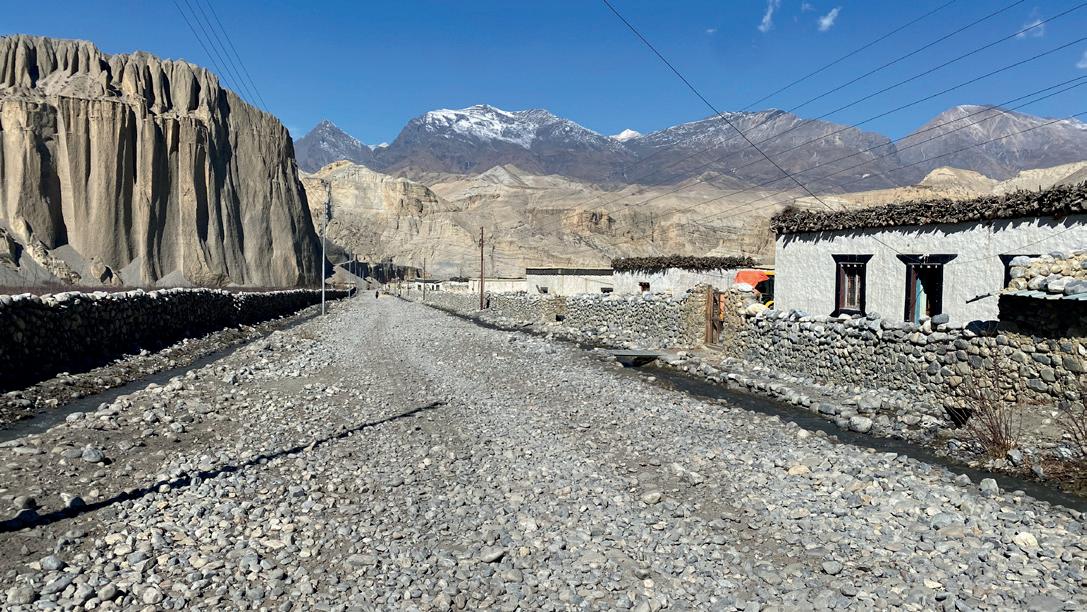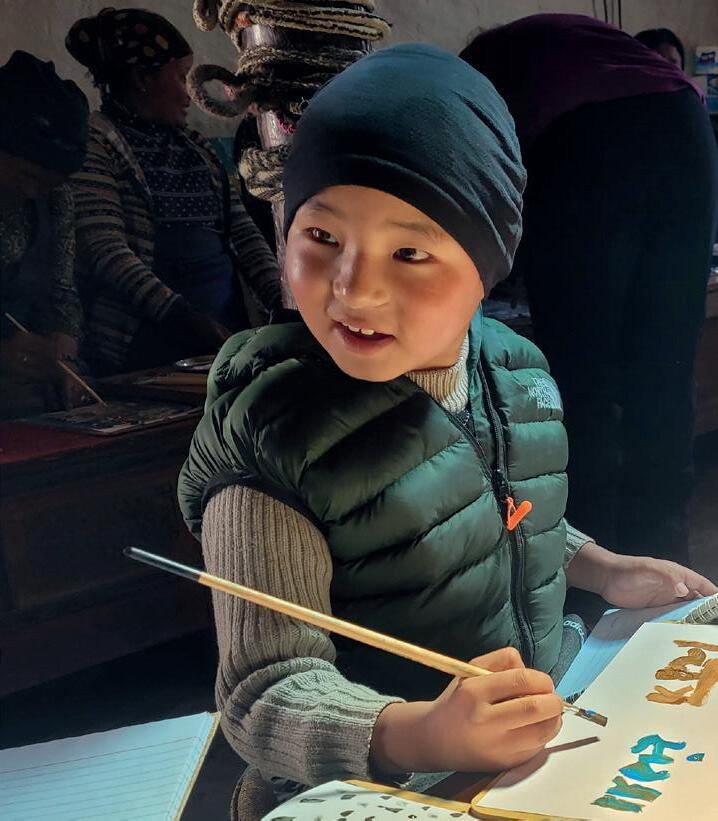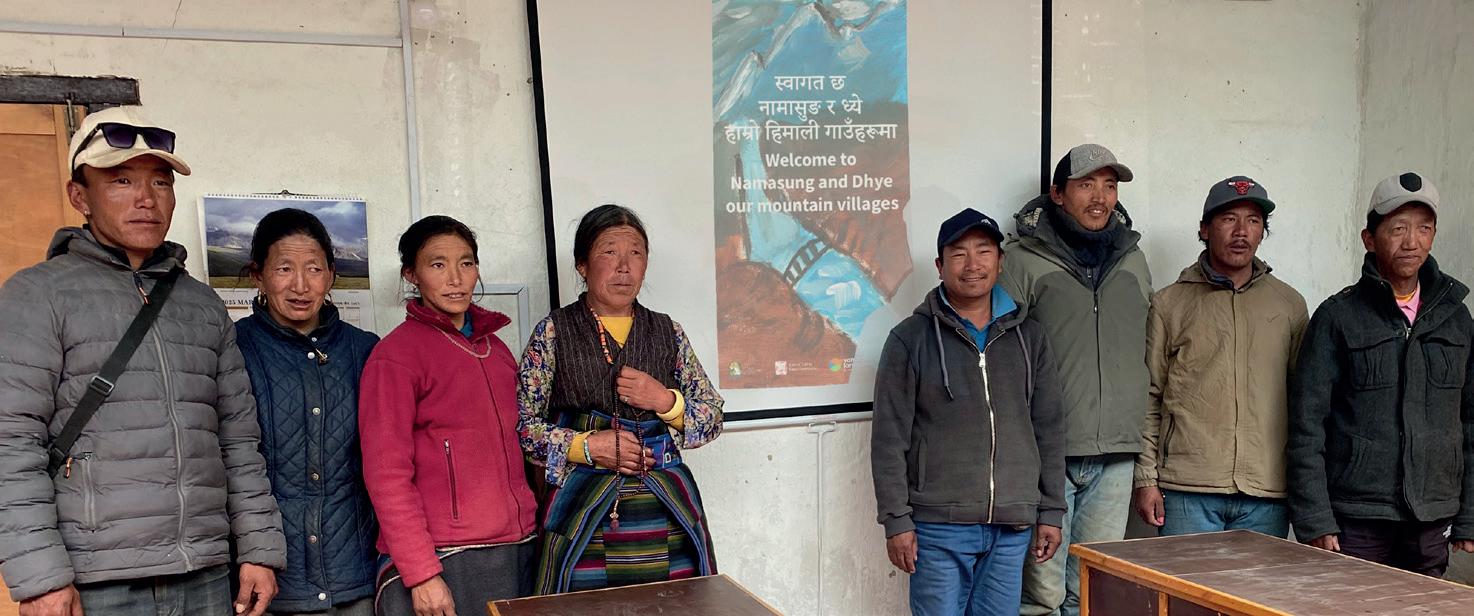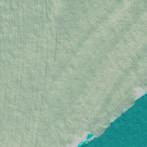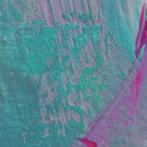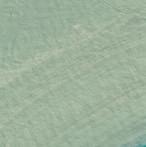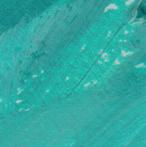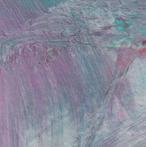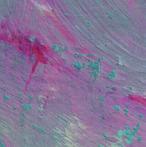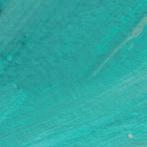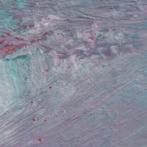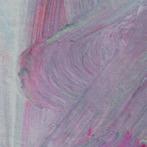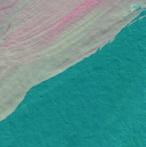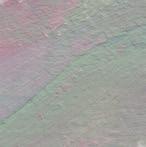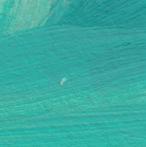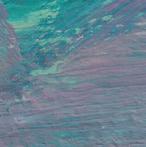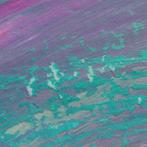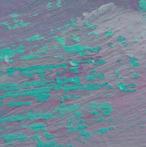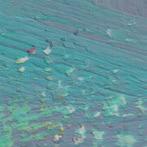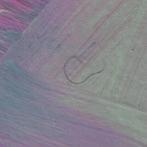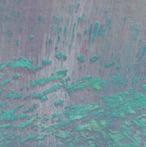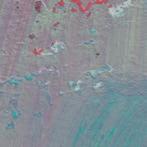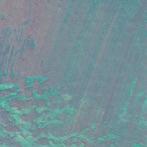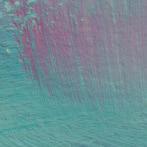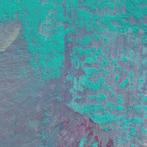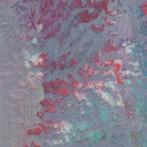



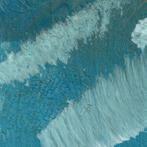


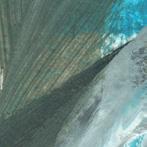

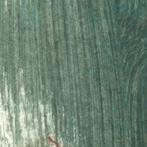
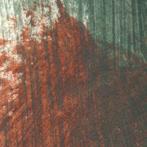



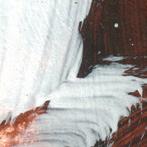








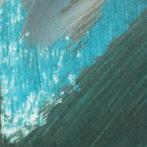



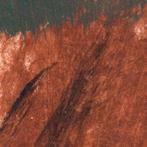




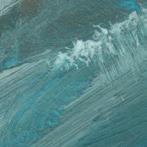












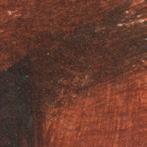


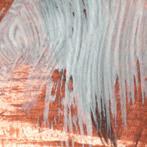


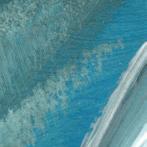




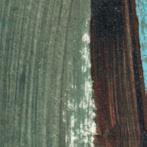
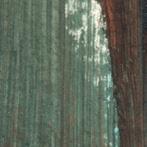

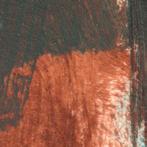


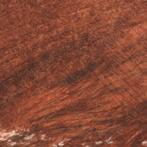






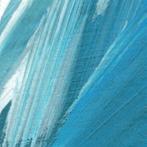



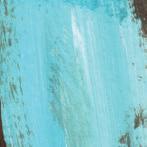





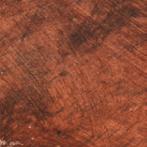











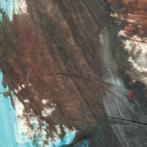


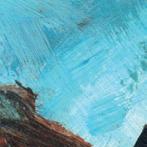




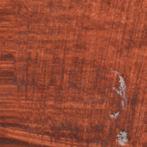





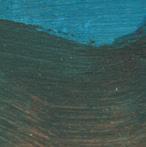








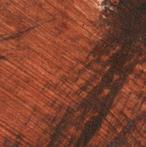











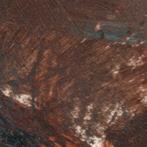
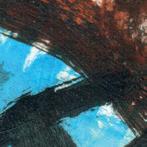
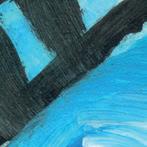

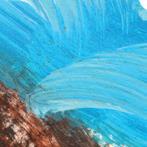



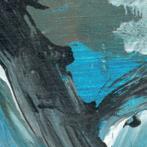
















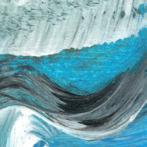










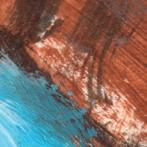



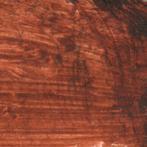


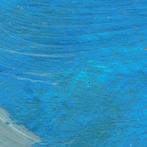








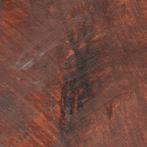
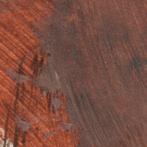








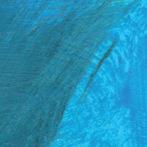
















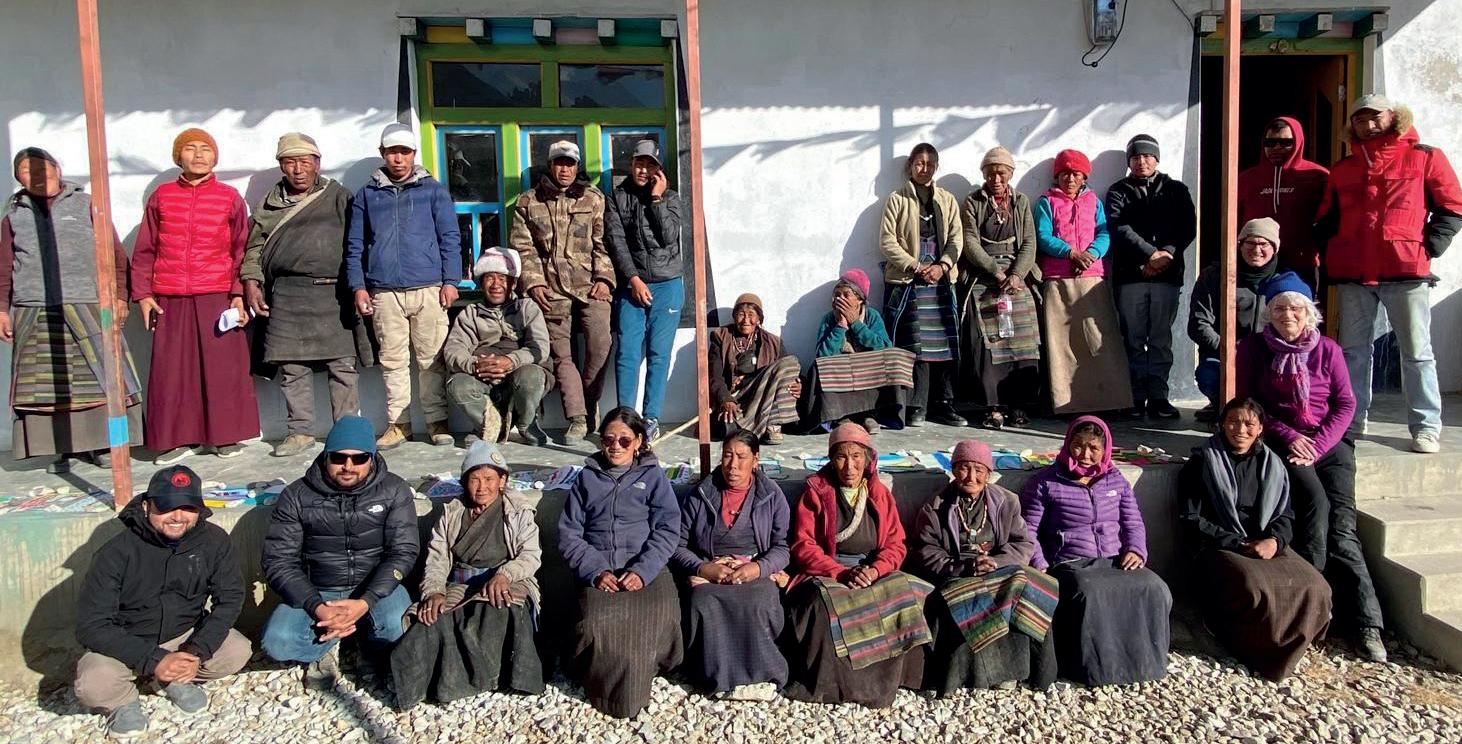
Group picture in Namasung, Lomanthang-2.

Group picture in Dhye, Lo Ghekar Damodarkunda-5.
The authors collaborate in the work package Landscape Stewardship for Water and Grassland Management Strategies of the research project Save the Tigers! Save the Grasslands! Save the Water! This project is funded by the Dutch Research Council NWO with the project number NWA.1292.19.146 and supported by the National Trust for Nature Conservation, NTNC Nepal.
To be cited as:
Paudel, U., Bista, P. R., Witteveen, L., Kadariya, R., Fliervoet, J., Subedi, N., 2025 Welcome to Namasung and Dhye. Our mountain villages. Communication, Participation and Social-Ecological Learning, Van Hall Larenstein University of Applied Sciences.
All rights are reserved, including those for text and data mining AI training and similar technologies.









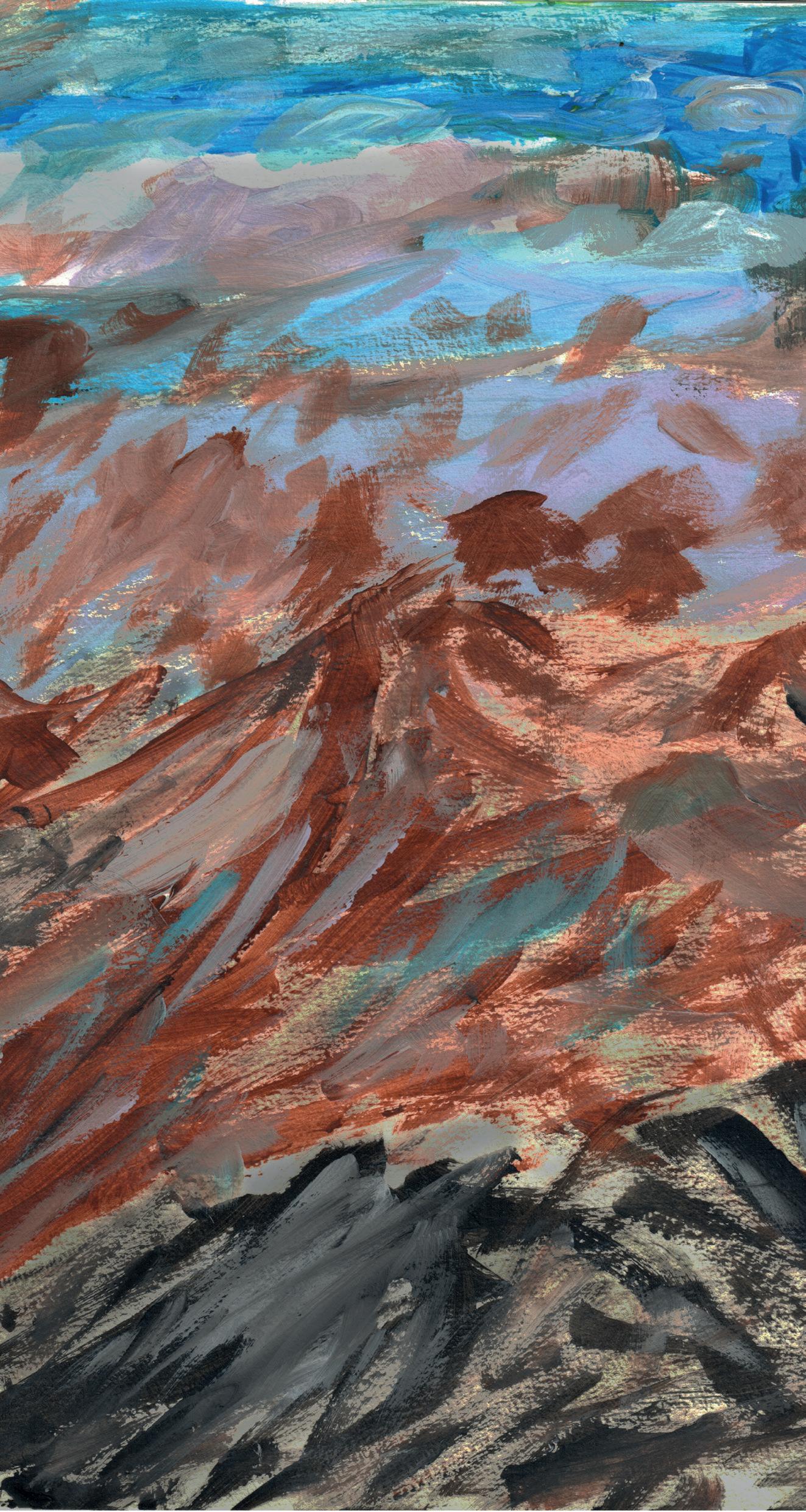



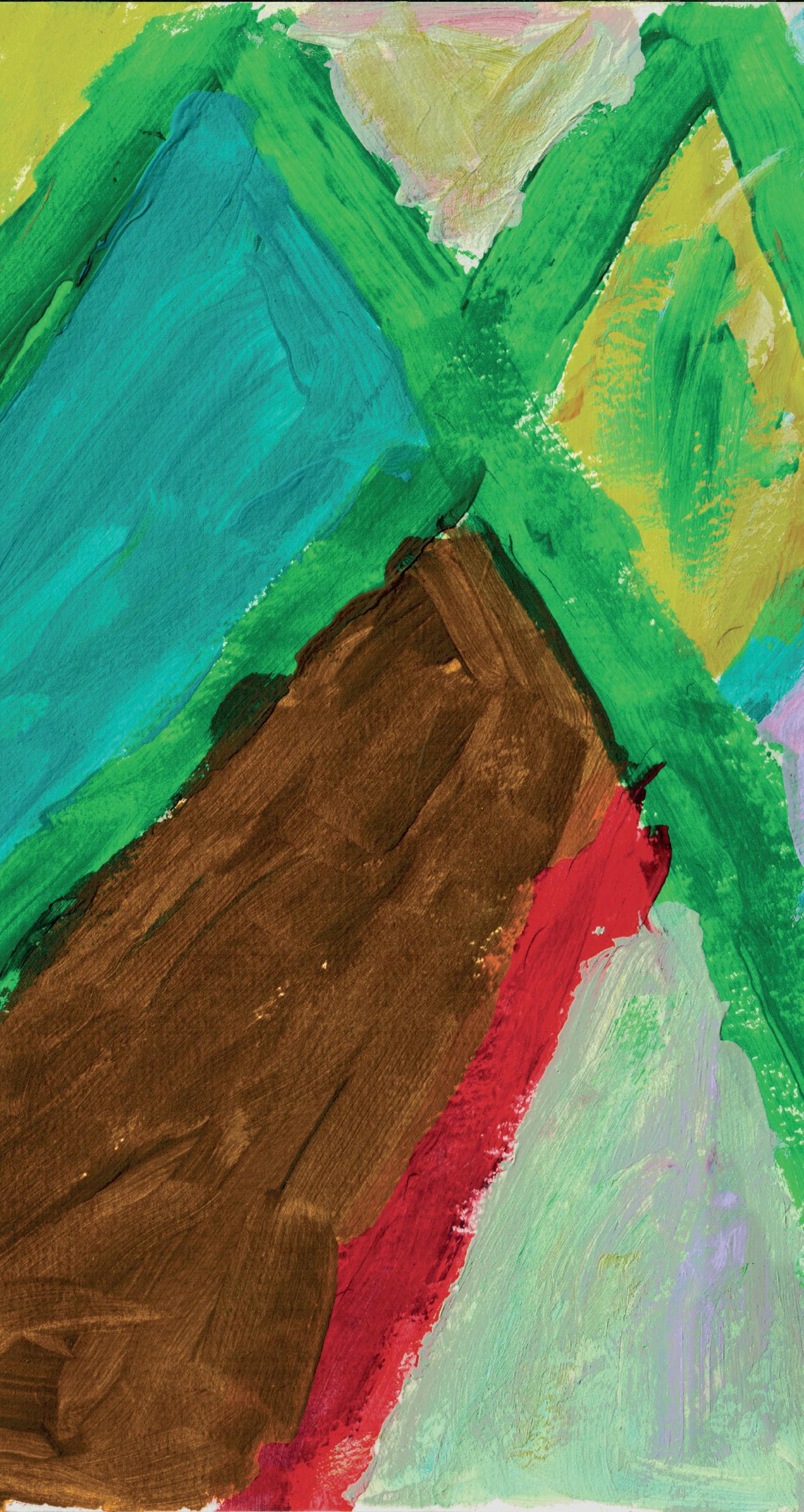







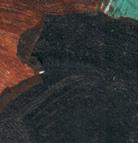

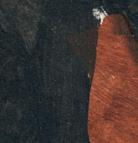


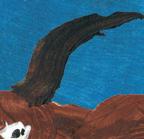







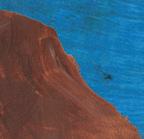
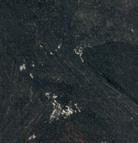
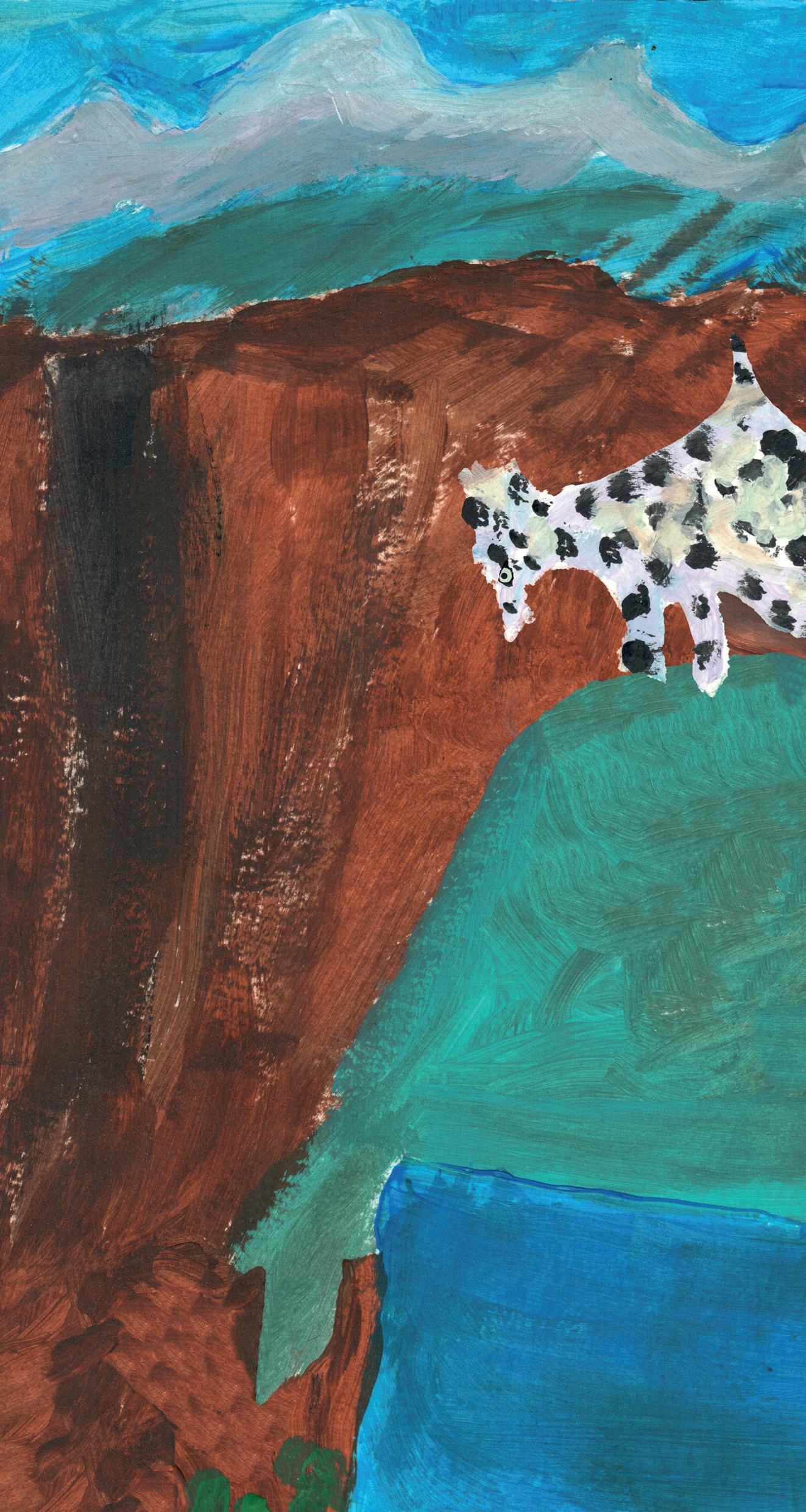











Welcome to Namasung and Dhye. Our mountain villages
The poetry route Welcome to Namasung and Dhye. Our mountain villages is an output of the research project Save the Tiger! Save the Grasslands! Save the Water! The poetry route is based on artworks and poetry created by community members of Namasung, Lomanthang and Dhye, Lo Ghekar Damodar Kunda in the Upper Mustang area of Annapurna Conservation Area, Nepal.
In the project’s work package, Landscape Stewardship for Water and Grassland Management Strategies, we explore innovative strategies to increase community-based stewardship by rural families in rural areas zone. This research responds to the societal challenges of competing claims over climate change and uncertainties and risks in rural communities’ living environments. Rural families in the villages of Upper Mustang “rely heavily on animal husbandry, agriculture and forest resources for a living and are always vulnerable to climate change and wildlife attacks since they share the same mountainous landscape” (NTNC-ACAP, 2025). Regional ambitions of agricultural productivity, biodiversity ambitions and general welfare result in harsh dilemmas. Realizing wildlife conservation in areas where people face poverty, scarce resources and harsh living conditions is already a challenge. Even more when the direct consequences of climate change forced villagers to relocate. While considering these challenges the National Trust for Nature Conservation, Annapurna Conservation Area Project (NTNC-ACAP) collaborates closely with the government and other stakeholders to build community conservation capacities, focusing on the management committees and conservation area users’ committees and groups.
As human-wildlife interaction has many narratives, and attention to a rural livelihoods’ perspective is not omnipresent, the project focuses on rural communication services and social-ecological learning to contribute to a stewardship perspective. The poetry route Welcome to Namasung and Dhye Our mountain villages is a collaboration between NTNC-ACAP, Nepal and the research group Communication, Participation and Social-Ecological Learning (CoPSEL). A community art approach such as this poetry route departs from the concept of social imagination to articulate everyday conversation by opening avenues for people to individually and collectively express their social environment beyond conventional structures. The combination of artworks and text communicates values, principles, dreams, motivations, institutions and rules of the community and opens a dialogue to reflect on the perceived reality and ambitions of the involved communities for the landscape as a communal space of people and wildlife. The aim to integrate rural livelihood, climate resilience and wildlife conservation perspectives in the Annapurna Conservation Area of Upper Mustang in the mountain landscape will remain complicated. However, creating access to dialogue is a step towards listening and coming to grips with the challenges of a complex reality.
References
Bista, P. R., Witteveen, L., Tumbahangphe, A., Fliervoet, J., Verspui, W., Paudel, U., Subedi, N. (2024) Community art and communication: crafting sustainable landscape stewardship in Terai Arc, Nepal. In Lie, R., Acunzo, M., Cardey, S., van de Fliert, E., Tirol, M. S., Witteveen, L. & Samonte, P., (Eds). 2024. Collaborative change: Towards inclusive rural communication services. Rome, FAO. Pp. 19-37 https://openknowledge. fao.org/items/dc9b65ff-4bfd-4595-9c0b-e53e17f5d803 NTNC-ACAP (2025). Annapurna Conservation Area Project (ACAP). National Trust for Nature Conservation. Accessed 13 March 2025, from https://ntnc.org.np/project/annapurna-conservation-area-project-acap

